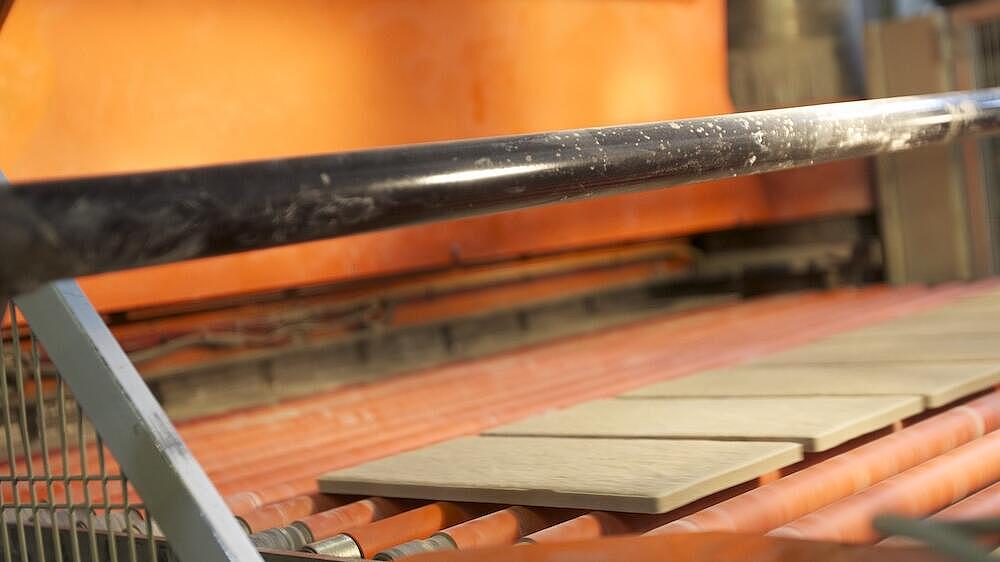 Policy & Regulation
Policy & RegulationCeramics industry and the transition to a Circular Economy
Summary
The EU ceramic industry represents an annual production value of around €30 billion. 30% of its production is sold outside the EU market. Ceramic products can be reused, recycled or recovered after their end-of-life. The European ceramic industry welcomes the Circular Economy Action Plan adopted by the European Commission on 11 March 2020. It highlights that circularity is one of the key drivers to achieve a carbon-neutral economy. The ceramic industry is showing innovative solutions to add to the circular economy in Europe, regulatory and technical barriers still exist to scale up current initiatives or to start new ones. C
The EU Emissions Trading System covers over 1200 ceramic installations, representing around 10% of the total number of installations, represents about 10% and 1% of industrial emissions. Most ceramic sectors are energy-intensive, as energy can account for up to 30% of their total production costs. And the ceramic industry contributes to the transition from a circular economy by being project partner of RETROED.
Open full article
Ceramics industry and the transition to a Circular Economy
The EU ceramics industry is a world leader in producing value added, uniquely designed, high quality ceramic products manufactured by flexible and innovative companies, the majority of which are SMEs. The ceramics industry represents an annual production value of around €30 billion, accounting for approximately 25% of the global production, and over 200,000 direct jobs throughout the EU.
The EU ceramics industry is export-oriented with 30% of its production sold outside the EU market. It is competitive, both domestically and internationally. However, in the last decade the market situation has changed considerably with the rise of low-cost products from new competitors in emerging and developing countries while persisting trade barriers continue to prevent access to important new markets.
The European ceramic industry is committed to helping achieve the EU climate and energy targets.
The EU Emissions Trading System (ETS), the cornerstone of EU climate policy, covers over 1200 ceramic installations, representing around 10% of the total number of installations but only 1% of industrial emissions. Most ceramic sectors are energy-intensive, as energy can account for up to 30% of their total production costs.
With a new Circular Economy Action Plan adopted by the European Commission on 11 March 2020, the transition from a linear ‘produce, use, waste’ model to a circular model where resources and materials are reused, recycled or recovered has become a high priority on the European political agenda and a major element of the Green Deal. The European Ceramic Industry Association, Cerame-Unie, recently reacted to the Circular Economy Action. The European ceramic industry welcomes this Action Plan and highlights that circularity is one of the key drivers to achieve a carbon-neutral economy. Cerame-Unie also underlines that this transition calls for new business models and encourages the development of innovative solutions in the industry.
The ceramic industry contributes to the shift towards circular economy, through durability and resource efficiency of ceramic products and ongoing research & innovation. However, the ceramic industry is still facing regulatory and technical obstacles which hamper the uptake and development of circular practices.
Resource efficiency is not only about ‘using less’, but about ‘using better’. Ceramic products and in particular ceramic construction products are resource efficient and have a high durability, requiring little or no maintenance.
Research and Innovation in the ceramic industry has been deeply changing the manufacturing process and the use of raw materials, leading to an increased materials efficiency. These measures encompass the saving of raw materials through innovative technologies and product developments, the substitution of primary raw materials with recycled materials, the direct internal reutilization or recycling of materials, as well as the substitution of conventional fuels.
Although the ceramic industry is showing innovative solutions to add to the circular economy in Europe, regulatory and technical barriers still exist to scale up current initiatives or to start new ones.
Key messages from Ceramie-Unie’s position paper
- Clay, the basic component of many ceramic products, is a widely, endless available raw material.
- Ceramic products are resource efficient and stand out by their high durability thanks to their long lifespan.
- Ceramic products can be reused, recycled or recovered after their end-of-life.
- The ceramic industry has developed innovative solutions to minimise the raw material consumption, reduce waste of its production processes and increase the reuse and recycling of end-of life products.
- The industry is still facing important regulatory barriers that hamper the development of the circular economy, such as various interpretations of end-of-waste and by-products status among Member States and the lack of a well-functioning European market for secondary raw materials.
- Technical barriers are also identified, such as the need for an efficient system for collection, sorting and separation of waste as well as the adaptation of technical requirements of installations.
- Creating such a recycling loop generates significant costs and will not happen at the required speed without proper incentives, similar to the ones implemented for renewable energy.
EEIP contributes to the transition of the ceramics industy towards a circular economy by being project partner of EU funded project RETROFEED with TORRECID representing the ceramics sector. Its main objective is to enable the use of an increasingly variable, bio-based and circular feedstock in process industries through the retrofitting of core equipment and the implementation of an advanced monitoring and control system, and providing support to the plant operators by means of a DSS – Decision Support System – covering the production chain.



